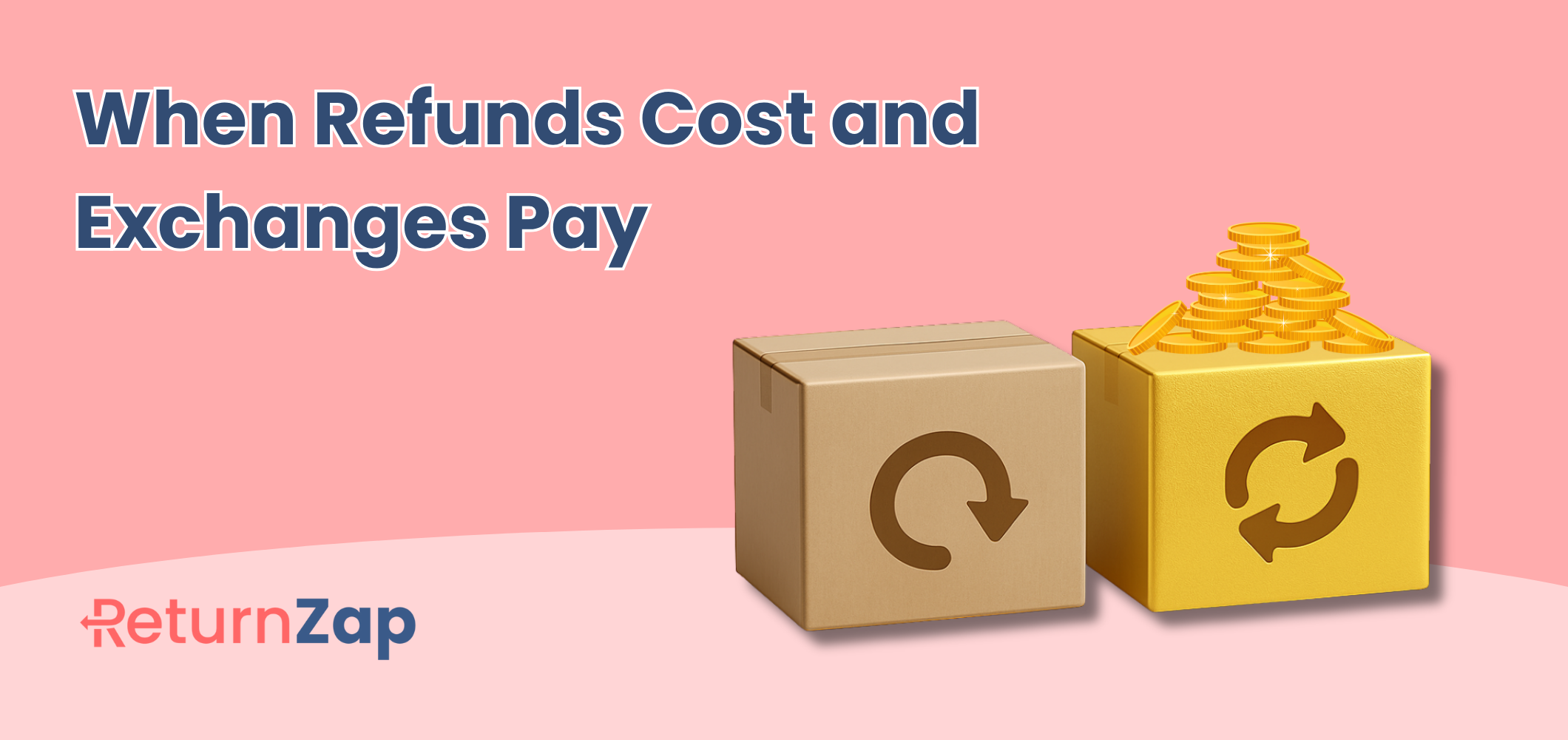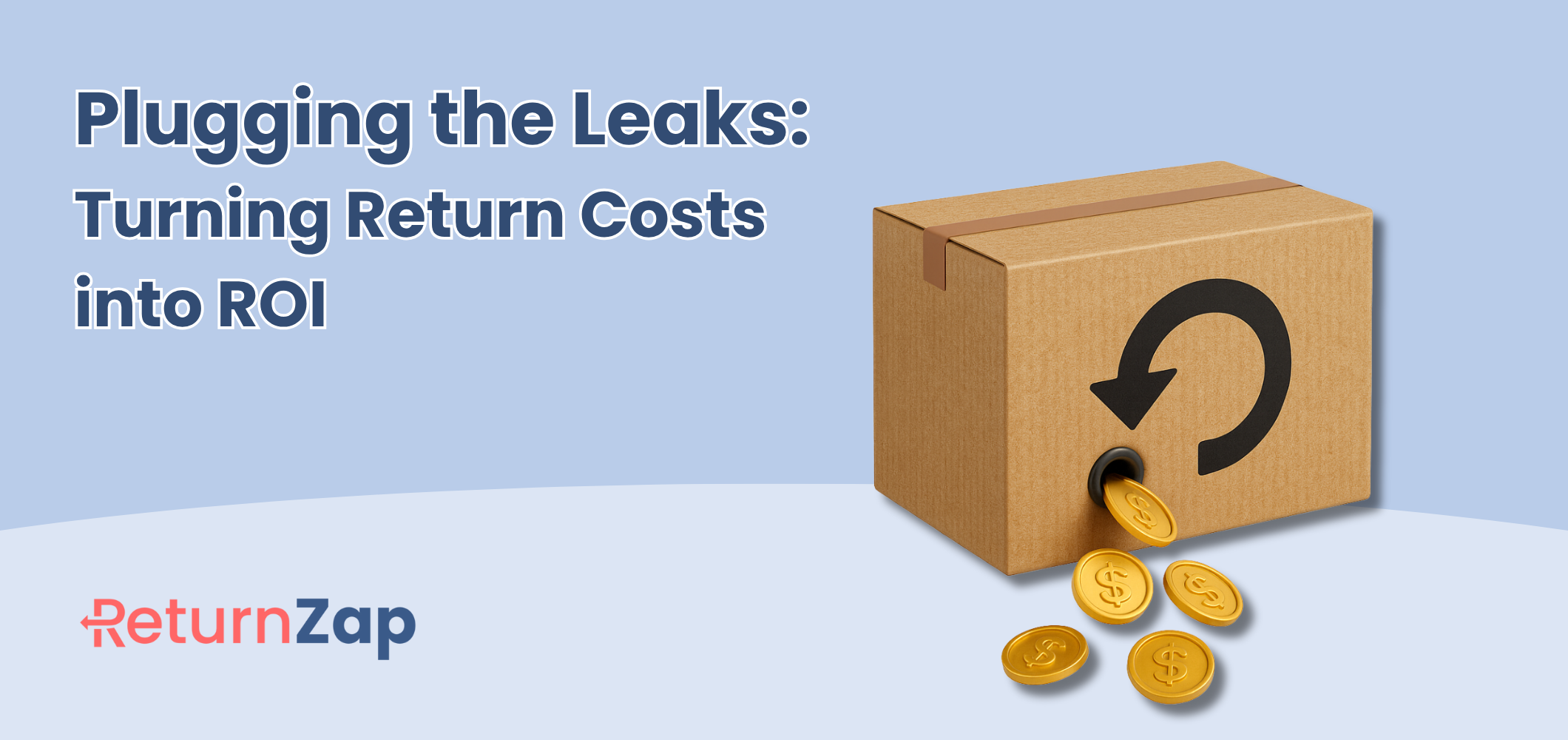Shopify Dropship Returns - How to Guide

Dropshipping can be a fantastic business model, but it brings its own set of challenges that traditional inventory retailers do not face. Among other things, sellers need to identify the best way to handle Shopify dropship returns.
This guide will break down key considerations for handling dropship customer returns and will provide solutions to the most common issues dropship sellers face on Shopify and other platforms.
Challenges that Shopify dropshippers face when managing customer returns
Dropshipping is a great way to get started selling online without the need to take on inventory risk or establish a physical warehouse presence. Many business owners are able to operate large, successful dropship operations from home as sole operators. Many even do it as a part time job.
Dropshipping is big business, with a total market size of $100B+ worldwide.
Like any successful online business, once a dropship business reaches a certain scale, dealing with customer returns becomes a necessity.

Why Returns Are A Headache When Dropshipping
Shopify merchants who dropship often face unique challenges that impact their ability to handle customer returns. For instance:
- Many dropship merchants do not have a physical address to accept returns, and instead must rely on their suppliers to accept customer returns directly (if they do at all)
- Many merchants selling via dropship operate from home, and do not want to expose their home address to their customers on return labels and packing slips
- Dropship sellers source their product from multiple different suppliers, and each supplier usually has different policies and procedures for dealing with customer returns
- Some dropship suppliers may be unwilling to accept returns at all, or will charge you for the privilege
- Customers don't care whether a store fulfills via inventory or dropship, they expect top notch support and prompt resolution to their returns related issues
With this many hurdles to overcome, it's no surprise that many dropship businesses ultimately end up shutting down. Dropship businesses are easy to get started, but can prove to be a lot of work to manage and operate.
So, what options to business owners have to manage their dropship customer returns?
Options for handling returns as a dropship business
Luckily, there are several ways that dropship operators can accept customer returns and provide top notch service to their customers.

Option #1 - Establish a physical presence and bring all returns back to this location.
No, this doesn't have to be your home address! Maybe you run a hybrid business, relying on a mix of dropship suppliers and your own fulfillment center to ship orders?
Or maybe you rent a post office box or other place where you can receive mail and packages? Did you know that the UPS Store offers US-based small businesses very reasonable rates on mailbox rental across the country?
Accepting all returns into a central location allows the greatest flexibility with your customer returns. You can disposition each return as it reaches you, choosing to pack it up and return to the original vendor for credit, liquidate on 3rd party channels, or donate or dispose of the item based on condition.
The downsides to this approach include the cost of operating a physical location - rent, utilities, etc as well as the labor required to accept and sort inbound returns.
Option #2 - Discourage returns as much as possible
There are multiple ways that Shopify businesses can discourage customer returns to reduce the challenge they pose. Yes, disabling returns altogether and making all items "final sale" is one way to go about this, but do you really want to take the risk of scaring away sales?
Many successful dropshippers divert customer returns by offering partial refunds or other incentives to encourage customers to hang on to their items. A 25% or even 50% refund is in many cases better than dealing with the cost of return shipping and processing. Customers are often on the fence about a return, and offering a partial refund is one way to encourage them to keep an item.
Another method is to offer a refund but to allow the customer to keep the item. Often called "green returns", this approach works best for lower value items or for products that are heavy, bulky, or otherwise costly to ship back.
Be careful when offering green returns, so people do not take advantage of the policy. Many successful retailers put caps or limits on these types of returns so customers cannot take advantage.
Option #3 - Develop a system to route returns back to the proper vendor so you don't have to touch them
This one takes the most work, but leads to the most customer friendly results. With a bit of negotiation it also keeps your margins highest by shifting some or all of the returns burden onto your suppliers.
Sellers who are successful with this method take a multi step approach:
- Create a list of all of your current and potential drop ship suppliers
- Contact each vendor to understand what types of returns they support
- Present your "ask". Request that your vendors take back returns and reimburse you for product cost.
- Align vendor return policies with your own to make sure you aren't left holding the bag (more on this later)
- Negotiate vendors off of each other. Are you able to source the same or similar item from multiple vendors? Return policies can be used as leverage to get the most favorable terms.

How to create a returns process that works for your dropship business
Managing Shopify dropship returns can be a challenge, and every business will develop its own approach. There is no single right approach, but there are some common elements that all sellers should consider when developing their processes.
Create a clear return policy
- Believe it or not, customers do read your return policy. Make sure it's fair, clear, and easily accessible.
- For ideas on how to craft your own return policy, check out our sample Shopify return policy template
Talk to your suppliers about returns management before its too late
- Be proactive, identify the returns flow for each of your suppliers before the returns start rolling in
- Return policies should be one of several criteria you use when evaluating new suppliers to bring on to your store
Use return automation software to create RMAs and route returns properly
- You should be spending your time growing your business, not managing customer returns
- Software like ReturnZap lets you automate the boring parts of handling return logistics so you can focus on growth
Define clear communication channels with your suppliers when it comes to handling returns
- How will suppliers alert you when returns are received?
- What is your process for evaluating condition and damaged returns?
- How will you handle if a supplier rejects a return, or if it is lost in transit?
- While it is impossible to predict every potential issue, having a gameplan in place helps to minimize the disruption caused by exceptions
How apps like ReturnZap help Shopify drop shippers manage customer returns

ReturnZap is an app built for Shopify merchants that makes managing dropship returns easy. With a 4.9 star rating, Shopify merchants love the amount of features that ReturnZap offers at a low monthly price.
Dropship sellers benefit from ReturnZap features including:
- Multiple options for return shipping - prepaid labels, customer-paid labels, self shipping
- Support for 100+ carriers through our integration with Easypost
- Embed an optional returns portal directly into your shop
- Route returns to different locations based on numerous product, customer, and return attributes
- Automate customer communication throughout the return flow
Key Takeaways
Dropshipping can be a fantastic business model, but sellers often overlook the challenge of managing dropship customer returns. Challenges include:
- Lack of a physical address to receive returns
- Fragmented vendor base with different policies
- Dropship suppliers who may be unwilling to accept returns at all
- Demanding customers who want a top notch ecommerce experience and don't care that you are dropshipping
With some thought and good planning, dropship sellers can easily manage customer returns and create a positive customer experience.
Apps like ReturnZap can streamline this process and allow you to focus on the important things, like growing your business.
Start Your Free ReturnZap Trial Today
Join hundreds of other Shopify merchants successfully managing their returns with ReturnZap




